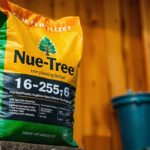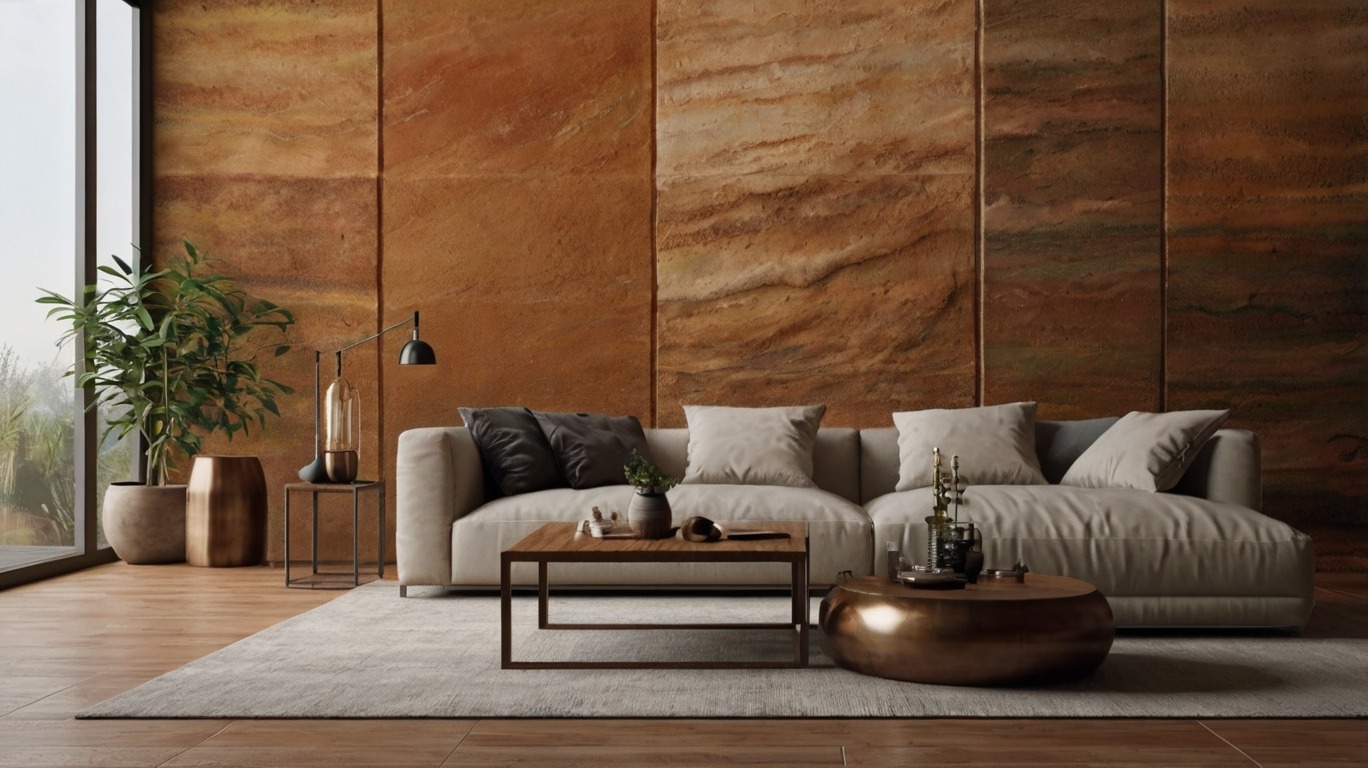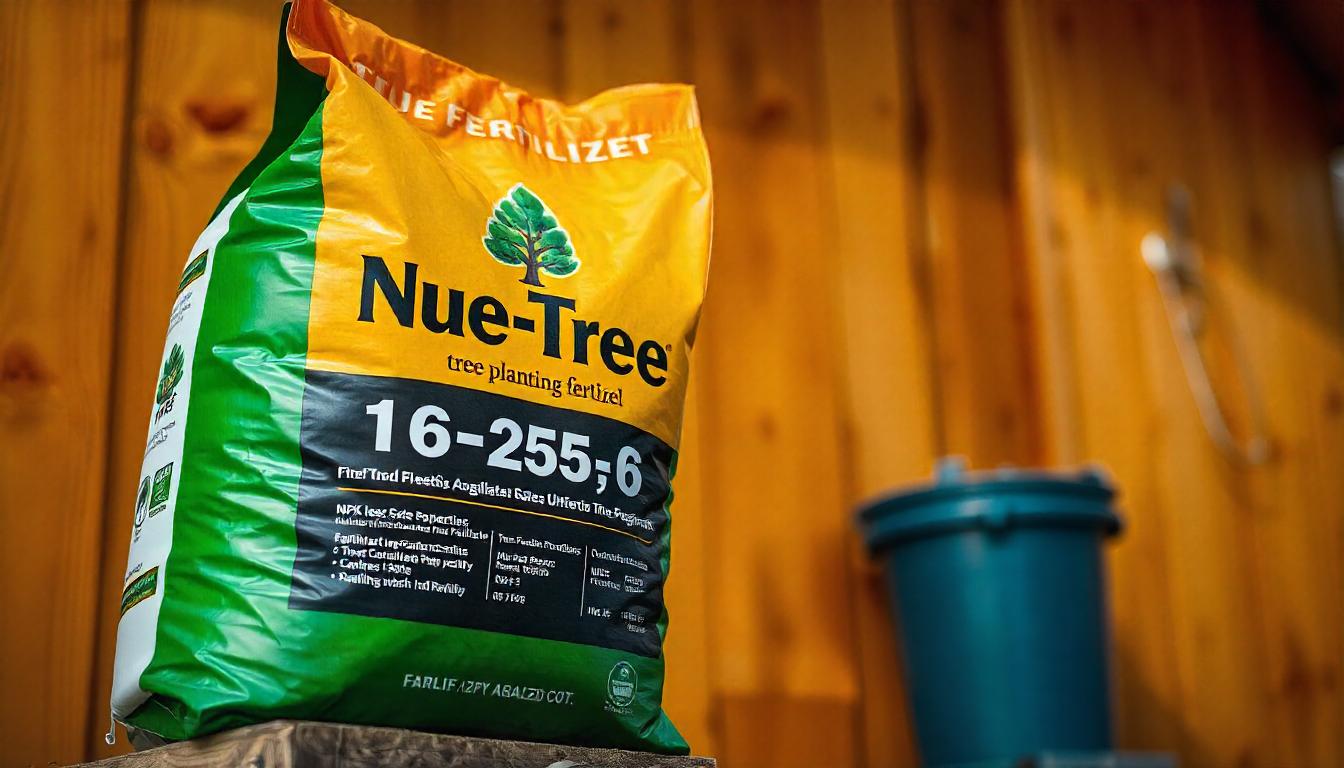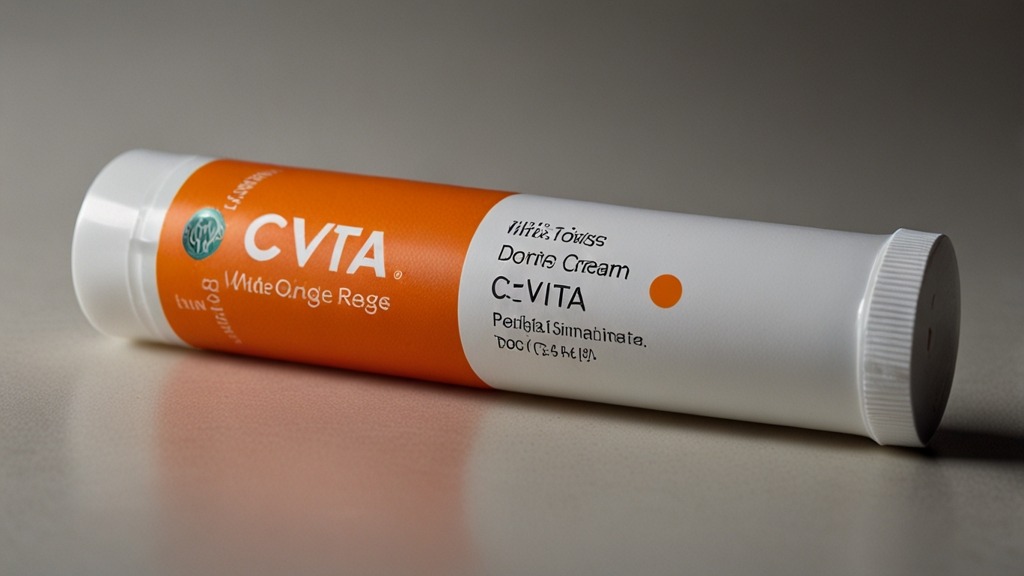Rammed earth painting walls have long been celebrated for their earthy tones, sustainable appeal, and natural textures. While the walls themselves are stunning, adding a touch of color or texture with painting techniques can truly bring them to life, enhancing the space with depth, warmth, and personality.
In this guide, we’ll explore five unique painting techniques to elevate the look of your rammed earth painting walls, each designed to complement the organic charm of this eco-friendly material.
What is Rammed Earth Painting?
Rammed earth painting refers to the decorative application of paint or stains on rammed earth walls, enhancing their aesthetic appeal while maintaining their natural beauty. This technique can involve using eco-friendly paints or stains that highlight the unique textures and colors of the earth material, allowing for artistic expression through murals, patterns, or textured finishes. It aligns with sustainable practices by utilizing natural materials and promoting environmental responsibility.
Benefits of Rammed Earth Painting
Here are the benefits of rammed earth painting:
- Aesthetic Enhancement: Improves visual appeal with personalized designs and colors.
- Sustainability: Utilizes eco-friendly paints that align with environmentally responsible practices.
- Protection and Durability: Provides a barrier against wear, moisture, and dirt.
- Improved Maintenance: Makes surfaces easier to clean and maintain.
- Thermal Regulation: Enhances insulation properties of the walls.
- Customization: Allows homeowners to express their personal style.
- Increased Market Value: Can elevate a property’s appeal and market value.
Why Paint Rammed Earth Walls?
While rammed earth painting walls are beautiful in their natural state, painting them offers several advantages:
- Enhanced Visual Appeal: Paint adds color and depth, making walls more dynamic.
- Surface Protection: Paint acts as a barrier against dirt and moisture, helping preserve the walls.
- Personalization: Painting allows you to customize the walls to match your design preferences, from rustic and earthy to modern and vibrant.
- Improved Lighting Effects: Certain painting techniques can enhance natural light reflection, making rooms feel larger and brighter.
5 Rammed Earth Finishes
Rammed earth is a sustainable building technique that has gained popularity for its natural aesthetics and environmental benefits. By compressing a mixture of soil, sand, and clay, rammed earth painting creates durable walls that provide excellent thermal mass and a unique, earthy appeal. If you’re looking to enhance your space with this timeless material, here are five stunning finishes to consider:
1. Mineral Pigment Wash
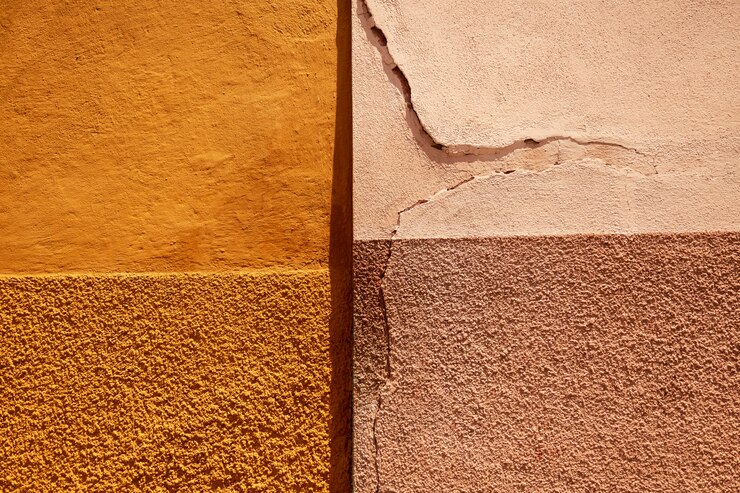
A mineral pigment wash is an ideal painting technique for rammed earth walls, as it enhances their natural beauty without covering it completely. Mineral pigments are made from finely ground natural minerals, providing subtle, earthy colors that blend seamlessly with the existing wall tones.
- Application: The pigment wash is mixed with water or a natural binder and then brushed or sprayed onto the walls in thin layers. Multiple layers can be added for a richer color.
- Aesthetic: This technique creates a transparent, watercolor-like effect, enhancing the natural texture of the rammed earth painting and giving it a softly tinted look.
- Advantages: Mineral pigments are eco-friendly, UV-resistant, and long-lasting, making them a perfect choice for sustainable walls.
This approach is great if you want to add color without losing the natural texture and warmth of the earth.
2. Limewash Finish
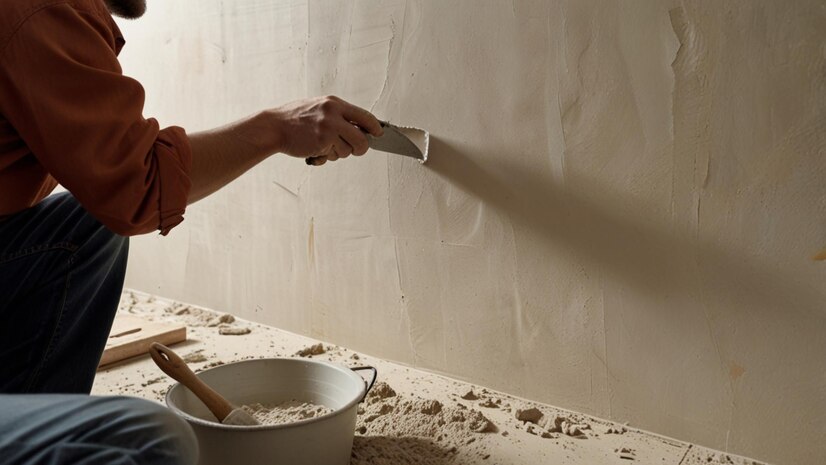
For those who love an antique, rustic look, limewashing offers a timeless style that works beautifully on rammed earth painting walls. Limewash is a mixture of limestone, water, and natural pigments, creating a matte, chalky finish that enhances the wall’s natural texture.
- Application: Limewash is applied with a large brush in several thin coats, creating a soft, patchy effect that builds color gradually. Brushing the limewash in different directions can create a more textured look.
- Aesthetic: The finish is soft and natural, with a subtle texture that makes walls appear gently weathered. Limewash can be applied in various earthy colors, adding a historical or Mediterranean feel to the space.
- Advantages: Limewash is breathable and helps regulate indoor humidity, which is beneficial for rammed earth. It’s also naturally anti-bacterial and mold-resistant.
Limewash is a fantastic option for those seeking a classic, artisanal look that complements the organic appeal of rammed earth painting.
3. Gradient Ombre Effect
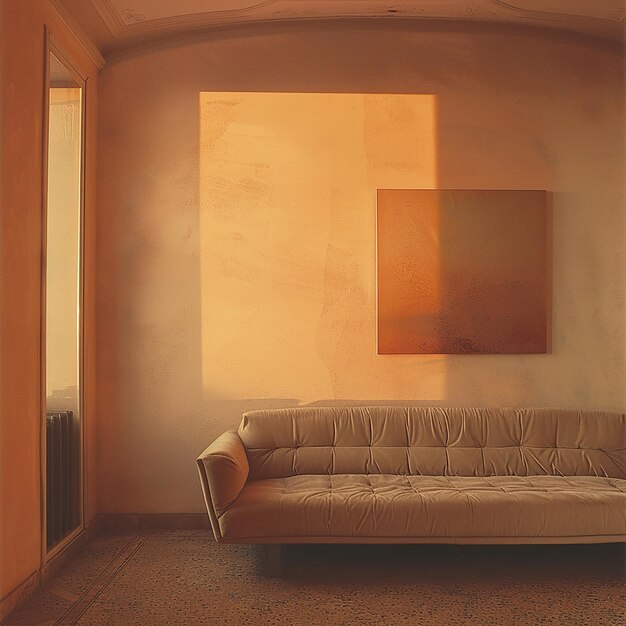
The gradient ombre effect is a contemporary approach that works well on tall or expansive walls, adding a sense of depth and dimension. This technique involves blending colors from dark to light, either vertically or horizontally, creating a stunning transition that can mimic sunrise, sunset, or the shades of natural landscapes.
- Application: To create an ombre effect, start with a darker color at the base of the wall, gradually blending to a lighter shade as you move upward. Use a large brush or sponge to blend colors seamlessly.
- Aesthetic: This technique creates a dreamy, atmospheric effect, adding a subtle color gradient that looks organic and modern. Earth tones, like soft ochres and terracotta, work exceptionally well on rammed earth painting walls.
- Advantages: The ombre technique enhances vertical or horizontal space, drawing the eye up or across, which can make rooms appear larger.
The ombre effect is ideal if you want a modern twist that still respects the natural vibe of rammed earth.
4. Clay-Based Paint Finish
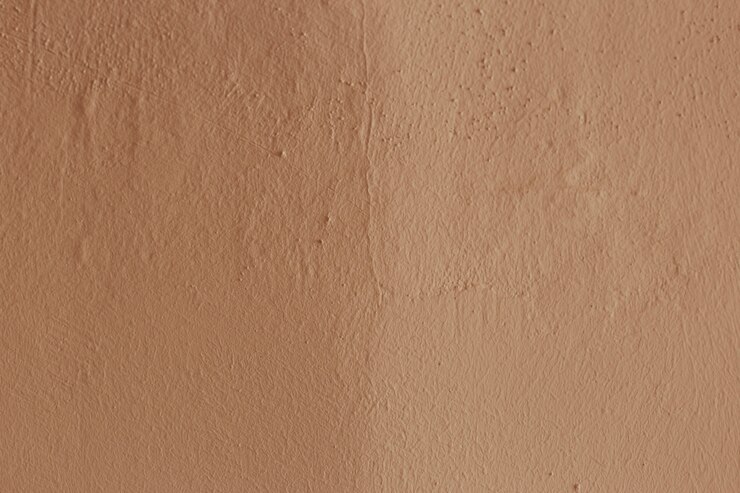
Using clay-based paint on rammed earth walls is an excellent way to achieve a textured, earthy look. Clay paints are made from natural clay, minerals, and pigments, creating a matte, velvety finish that complements the raw appeal of rammed earth painting.
- Application: Apply clay-based paint with a brush or roller, creating a textured or layered effect. For added texture, use a sponge or a stippling brush to create unique patterns.
- Aesthetic: Clay paints come in a range of earthy colors and offer a soft, natural matte finish. The texture enhances the tactile quality of rammed earth, making walls feel rich and substantial.
- Advantages: Clay-based paints are eco-friendly, breathable, and free of VOCs (volatile organic compounds), which makes them safe for indoor use.
This finish is perfect for adding depth and texture while keeping the look natural and non-toxic.
5. Stenciling with Natural Patterns
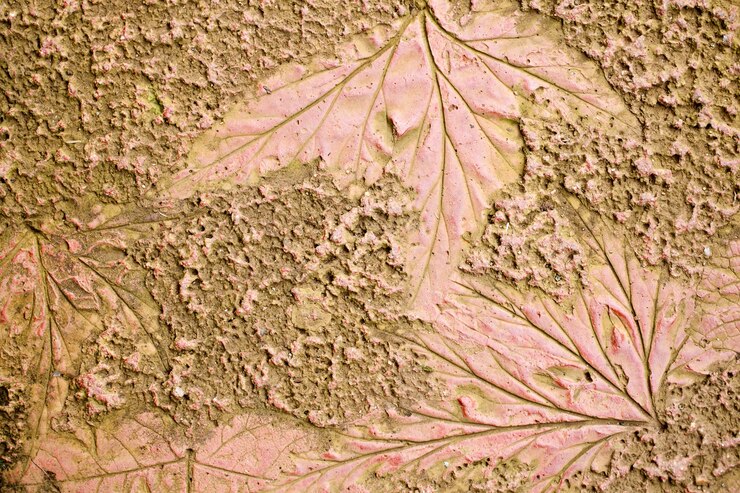
For a personalized and creative touch, stenciling allows you to add intricate patterns or designs to rammed earth painting walls. Natural motifs, such as leaves, branches, or geometric shapes inspired by indigenous art, work beautifully on rammed earth, adding a unique and artistic element to the space.
- Application: After choosing a stencil design, hold or tape the stencil to the wall and apply paint using a sponge or brush. To keep the look natural, opt for earth-toned or muted colors that complement the wall.
- Aesthetic: Stenciling adds a decorative element, allowing for everything from subtle designs to bold, eye-catching patterns. This technique is versatile and can be applied to an accent wall or across an entire space for a dramatic effect.
- Advantages: Stenciling is easy to apply and change, making it a flexible option if you want to update the look over time. It also allows you to infuse a touch of artistry and personality into your walls.
Stenciling is a great choice if you want to add unique design elements that reflect cultural, natural, or artistic influences.
How to Choose the Best Painting Technique for Your Rammed Earth Walls
When selecting a painting technique for your rammed earth walls, consider the following factors:
- Aesthetic Goals: Decide if you want a natural, rustic look (limewash or mineral pigments) or a modern, artistic effect (ombre or stenciling).
- Durability: Clay-based paints and limewash offer durable finishes that age beautifully, while ombre and mineral pigments may require touch-ups over time.
- Maintenance Needs: Some finishes, like limewash, are low-maintenance and easy to clean, whereas clay-based paints may require gentle cleaning.
- Personal Style: Each technique offers a unique look and feel. Opt for colors and textures that align with your overall design vision for the space.
Conclusion
Painting rammed earth walls can elevate their aesthetic while preserving their natural beauty and sustainability. Each of these five techniques—mineral pigment wash, limewash, ombre gradient, clay-based paint, and stenciling—offers a unique way to customize your walls, adding color, texture, and depth. Whether you’re looking to enhance the rustic charm, create a modern feature, or add artistic patterns, these finishes provide flexible and sustainable options that bring out the best in your rammed earth walls. By choosing the right technique, you can create a space that feels both grounded and uniquely yours, blending the timeless appeal of natural earth with the transformative power of color and design.
FAQs about Painting Rammed Earth Walls
How do I prepare rammed earth walls for painting?
Rammed earth walls should be fully dry and free of dust or debris before painting. Gently brush or wipe down the wall to remove any loose particles. Some painting techniques, like limewash or clay-based paint, require no additional primer, while others may benefit from a thin primer layer for better adhesion.
Can I use regular paint on rammed earth walls?
Regular paints, especially those high in synthetic chemicals, are not ideal for rammed earth walls as they may trap moisture and reduce the breathability of the surface. Instead, natural or mineral-based paints, such as limewash, clay-based, or mineral pigments, work best for these walls as they allow the walls to “breathe” and complement the natural material.



